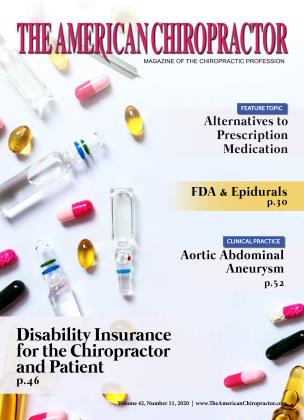Fluoroquinolone antibiotics are fluoride-based. Fluoride is a neurotoxin, and even fluoride toothpastes have warnings on the box.
Fluoroquinolone antibiotics include ciprofloxacin (Cipro), levofloxacin (Levaquin/Quixin), gatifloxacin (Tequin), moxifloxacin (Avelox), ofloxacin (Ocuflox/Floxin/Floxacin), and norfloxacin (Noroxin).
The side effects of fluoroquinolones are:
• Nervous system symptoms occurred in 91% of patients taking fluoroquinolones—pain, tingling, numbness, dizziness, malaise, weakness, headaches, anxiety, panic, memory loss, and psychosis.
• Musculoskeletal symptoms in 73% of patients — tendon ruptures, tendonitis, weakness, and joint swelling.
• Sensory symptoms in 42% of patients—tinnitus, altered visual, olfactory, and auditory function.
• Cardiovascular symptoms in 36% of patients — tachycardia, shortness of breath, chest pain, and palpitations.
• Skin reactions in 29% of patients—rashes, hair loss, sweating, and intolerance to heat or cold.
• Gastrointestinal symptoms in 18% of patients—nausea, vomiting, diarrhea, and abdominal pain.
Side effects also include retinal detachment, which can cause blindness; disruption of collagen synthesis and collagen degradation, causing muscle, tendon, cartilage, or ligament damage; nausea and diarrhea; acute kidney failure; hearing problems; brain fog; painful rashes; disruptions to blood sugar metabolism; depression; phototoxicity; peripheral neuropathy; seizures; heart damage; acute liver toxicity; and hallucinations or psychotic reactions. About one-third of patients tend to experience a negative psychiatric effect, such as anxiety, personality changes, or confusion.1
As you can see, this is a complicated system failure that can only be addressed with a team approach. The nervous system is a major component of the problem. Chiropractic treatment is a part of the solution since it approaches this condition from its neuromusculoskeletal components.
New anecdotal research with digital motion X-ray (DMX) has shown that ligament laxity and tendon apoptosis (cellular death) are evident in all patients and, until now, have been missed and neglected relative to treatment.
Chiropractic spinal rehabilitation is not typical chiropractic treatment. First, when ligament laxity is present, the neck or cervical spine should never be adjusted manually by hand but with a precise adjusting instrument, such as the ArthroStim. Ligament laxity is not the same as a strain or sprain; it is a condition where the ligaments are unstable.
X-rays are an objective way to determine spinal misalignment and should be followed up with X-rays to verify that progress is being made. DMX is another way to evaluate ligament laxity and abnormal function. There should be an extensive examination, and the patient should be prescribed specific spinal isometric exercises based on the X-rays to stabilize the spine. The patient should be evaluated with spinal stress X-rays to verify correction because humans respond in time and need to their environment. Again, follow-up X-rays must verify positive corrections and a return to normal alignment. All of this should be accomplished in six visits.
It is also important to take a team approach to this, which should include functional medicine to avoid inflammatory foods. Physical therapy will help if it is muscle activation therapy (MAT). Microscopic surgery would include injection procedures, such as vascular stem cells, arterial PRP, ozone injections, and prolotherapy to stabilize the unstable areas as determined by DMX. A personal trainer who understands spinal biomechanics and stress triggers may be beneficial as well as acupuncture that focuses on the mind and body. Functional medicine is useful for avoiding foods that cause inflammation and limit healing.
Fluoroquinolone syndrome is a difficult condition, but with a team approach, there is hope!
Dennis Woggon, BSc, DC currently runs the St. Cloud Chiropractic Clinic & CLEAR Scoliosis Center. He is also the Founder of the CLEAR Scoliosis Institute. You can contact Dr. Woggon at 320-252-5599 or through his websites www.DrWoggon.com and www.CLEAR-lnstitute.org
References
1. http://www.srqchiro.com/blog/8685-antibiotics-cause-nervedamage-amp-more.
2. https: en. Wikipedia, org wiki Ligamentous laxity
3. https://www.ncbi.nlm.nih.gov/p...
 View Full Issue
View Full Issue









